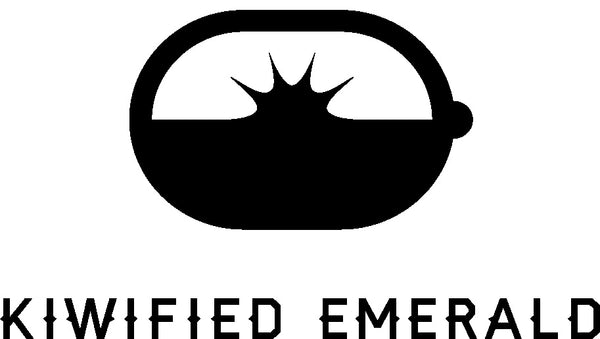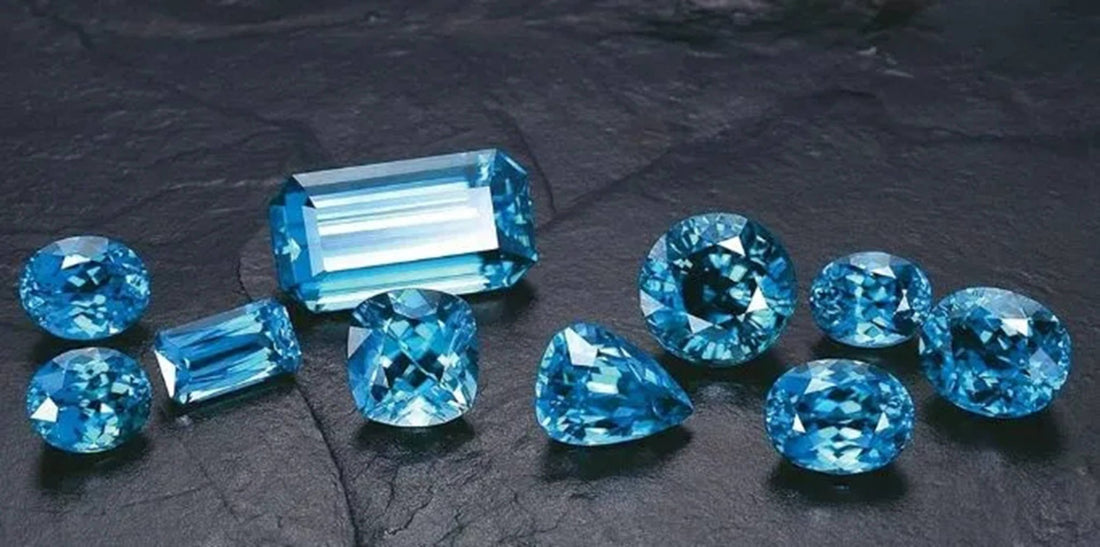Zircon is a naturally occurring gemstone that is often misunderstood due to its synthetic counterpart, cubic zirconia. Before delving into the intricate details of zircon, let’s clear up a common misconception: zircon is not an artificial stone. In fact, it is a genuine, naturally occurring mineral with a rich history and impressive physical properties.
Origins and Name
The name "zircon" is believed to have two possible origins. One theory suggests that it comes from the Arabic word "Zarkun," meaning "cinnabar" or "vermillion." Another theory proposes that it originates from the ancient Persian word "Zargun," which translates to "gold-colored." In Japan, zircon is known as "hyacinth stone" and is one of the birthstones for December, symbolizing success.
The term "zircon" was first officially used in 1783 to describe green zircon crystals from Sri Lanka.

Natural vs. Synthetic
A crucial distinction in the gem world is between natural zircon and synthetic cubic zirconia (CZ). CZ, an abbreviation for Cubic Zirconium, is a man-made gemstone widely known as "Soviet diamond." Introduced in 1974, CZ quickly became the top choice for diamond substitutes. However, in professional jewelry circles, referring to CZ simply as "zircon" is strongly discouraged to avoid confusion.
Types of Natural Zircon
Natural zircon is classified into three types: high-type, medium-type, and low-type zircon.
-
High-type zircon is characterized by high density, hardness, stable color, and high refractive index. Red high-type zircon is especially rare and valuable, often compared to fine-quality spinel. Colorless high-type zircon also holds considerable value due to its brilliant fire and clarity.
-
Medium-type zircon falls between high and low types in terms of properties and is less common.
-
Low-type zircon comes in a variety of colors but often contains natural radiation residues, making its color unstable and its physical properties inferior to high-type zircon. Some low-type zircons can be heat-treated to resemble high-type zircon, typically resulting in yellow or blue stones.
Radiance and Refractive Properties
One of zircon's standout features is its high refractive index, which gives it a remarkable brilliance and fire comparable to diamonds. This property makes colorless zircon highly desirable, as it closely mimics the sparkle of a diamond. However, zircon is not as hard as diamond, which means that over time, the facets of a zircon gemstone may become worn and lose some of their luster.
Colors and Treatments
Zircon comes in a wide array of colors, including colorless, brown, yellow, reddish-brown, blue, red, and yellow-green. Since 1920, heat treatments have been used to enhance or change the color of zircon, making blue zircon particularly popular among consumers.

Durability and Care
Despite its brilliance, zircon is relatively brittle and can suffer from edge chipping. However, with proper care and avoiding frequent impacts, zircon jewelry can remain beautiful for years.
Major Sources
Zircon is mined in several countries, including Cambodia, Sri Lanka, Thailand, and Australia. Due to its abundant supply, the price of zircon varies. For instance, blue zircon generally costs between several tens to hundreds of dollars per carat, depending on quality.
In conclusion, zircon is a fascinating gemstone with a rich history and a variety of applications in the jewelry market. Whether you're looking for a zircon necklace or any other piece of zircon jewelry, understanding the nature and properties of this gemstone can help you appreciate its beauty and value.
Also interesting to read: what is zircon

